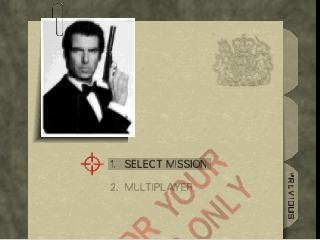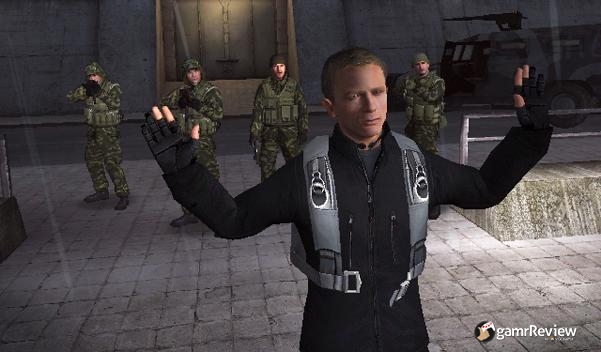
I am a Gleek.
As a former show choir nerd myself, I have been an unabashed fan of the television show “Glee”. And, whether the critics like it or not, “Glee” is a sophisticated show. The show’s creators utilize intertextuality in more nuanced ways than simply straightforward cover of popular songs. I have identified one captivating example of intertextuality as textual strategy in this show.
Before the second season began, nearly all recurring actors in the show started to use Twitter. Fox’s official Twitter account made their actors’ Twitter handles public. On a recent episode, Naya Rivera, who plays Santana, calls her costar Corey Monteith “Frankenteen”. The average viewer may just think this jab is a clever comment on Monteith’s height (see photo above). In fact, it is, but the name has a bit of a history.
Initially, a Twitter-friendly viewer might recognize “Frankenteen” as a reference to Monteith’s Twitter handle. Using this as a point of reference is funny in itself. However, the Twitter handle was, in fact, born from the third episode of the series in which another character referred to Monteith’s character as Frankenteen. The show’s choreographer initially coined the name and the writers worked it into the script. Due to network negotiations, this episode aired quite some time ago, before the cast members were active on Twitter. It is doubtful that many casual viewers remember this first mention of “Frankenteen” and Rivera’s use of it likely reminded viewers of Monteith’s Twitter account instead.
The more layers a fan peels back from this single joke, the more involved he/she feels in the narrative. Ott and Walter call this parodic allusion, or “the pleasure of recognition is often directly proportional to the difficulty of identifying the allusion” (436). As a fan, I do feel incredibly nerdy for knowing this bit of "Glee" trivia but it also made me feel more involved and committed to the show itself.
Ott and Walter make the point that the Internet is changing the way we view television. “Glee” is capitalizing on this intertextualization in a big way.




